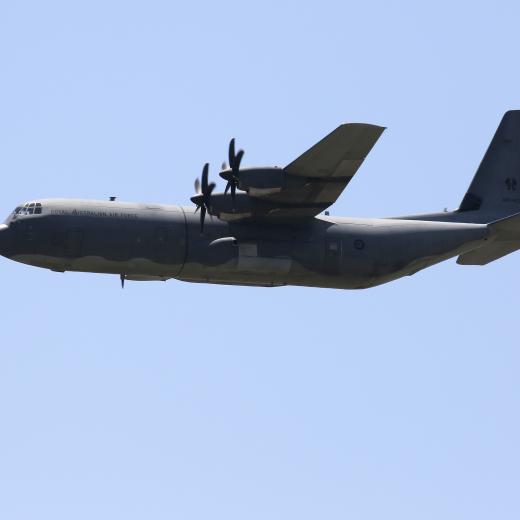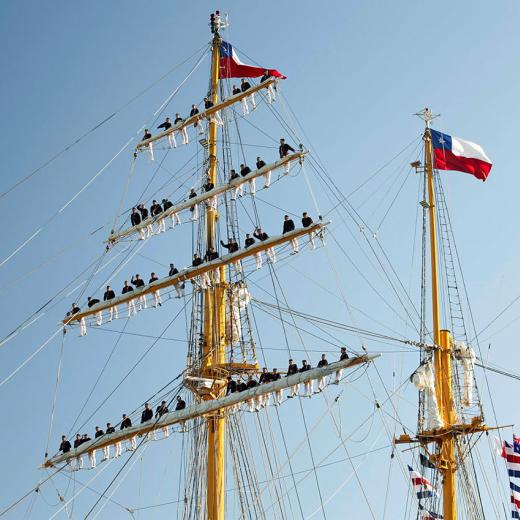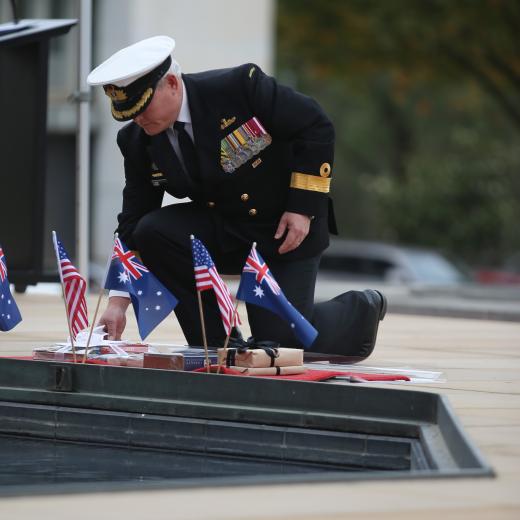BLUF
The RAF and USAF's bombing offensive against Nazi Germany was one of the most extended, Allied campaigns of WW2. Fifty-five thousand RAF aircrew lost their lives; this includes four thousand Australian aircrew serving in Bomber Command. The USAF conducted its own air campaign against Germany and lost twenty-six thousand aircrew who were serving with the Eighth Air Force.Summary
This article from the Imperial War Museum makes the following points about the Royal Air Force's (RAF) Bomber Command in WW2:
- Created in 1936.
- Light and heavy bomber squadrons.
- Relatively ineffective at the start.
- Received a high proportion of Britain's economic and technological resources and many of its brightest and best young men.
- Over 55,000 aircrew were killed.
Timeline
1939
- 23 operational bomber squadrons.
- 280 aircraft.
- Daylight raids against warships and airfields.
- Heavy losses.
- Night raids dropped propaganda leaflets.
- The belief that bombers could defend themselves in daylight if they flew in close formation proved wrong.
1940
- Germany commenced bombing raids against London.
- London Blitz 1940-41 caused over 40 000 casualties.
- RAF switched to night-time bombing against German industry, especially synthetic oil production.
- Inaccurate, doing minor damage.
1941
- Growing strength.
- Navigation over blacked-out Europe was still a major problem.
- Battle of the Atlantic diverts resources to attacking German warships and U-boats.
- German night-fighters and anti-aircraft guns were more effective.
- Heavy aircrew losses cause a slump in morale.
- The Short Stirling—the RAF's four-engine bomber enters service.
- Low ceiling so vulnerable to anti-aircraft fire.
1942
- The Avro Lancaster enters service.
- ACM Harris takes command.
- Precision bombing is impossible.
- Harris believes 'area bombing' – targeting whole cities- could win the war.
- The public supported the 1,000 bomber Cologne raid.
1943
- Elite Pathfinder Force guides bombers using coloured marker flares.
- Major attacks against Germany's industrial heart- the Ruhr.
- The arrival of the US Eighth Air Force enables a 'round clock' offensive.
- The RAF operated at night, and the USAAF operated during the day.
1944
- Allied bombers caused much devastation in Germany.
- Took a lot of pressure of the Russian Front.
- American escort fighters decimate the Luftwaffe, allowing daylight raids to resume.
- German fuel supplies were successfully targeted.
- Before D-Day, Bombers attacked coastal defences and hit railways and German troops.
- Allied bombers made it very difficult for Germany to rush reinforcements to try to counter the D-Day landings.
- City attacks continue.
1945
- The RAF has 1,500 aircraft.
- Oil and communications attacks continue to destroy German resources that could have otherwise been deployed against the allied and Russian advances.
- Controversially, locations so far untouched were razed as they rose to the top of the target list.
References
- MILITARY HISTORY INDEX PAGES AND COLLECTIONS ON THE RAAF RUNWAY
- AIR AND SPACE POWER: COLLECTIONS | The Runway (airforce.gov.au)
- SEP 2011 The “Whirlwind” of Bomber Harris- Air Force Magazine
- NOV 2014 RAF Bomber Command -AWM
- Life And Death In Bomber Command-IWM
- Bomber Command- DVA ANZAC Portal





